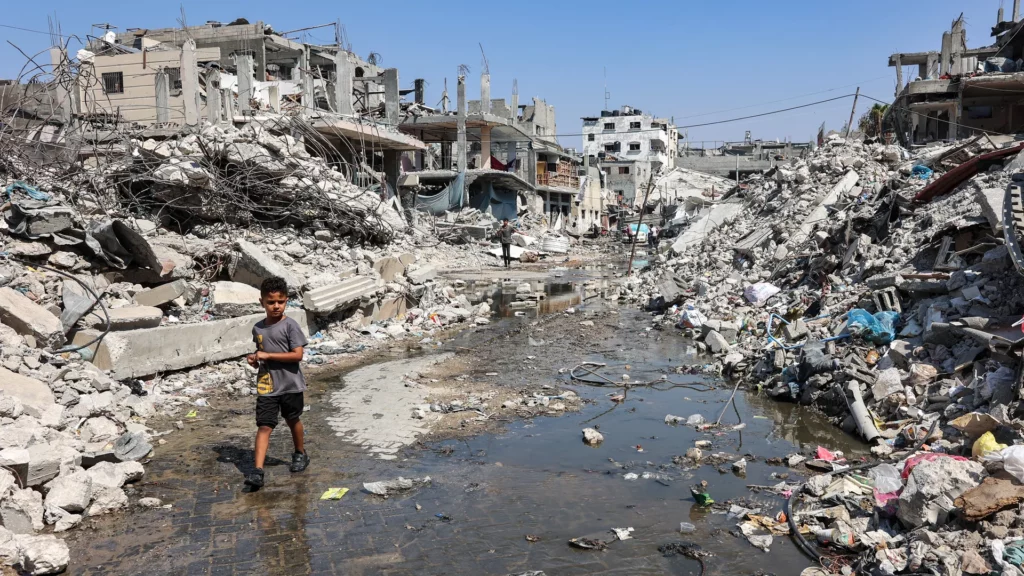On Sunday night, mediation efforts in Cairo for a ceasefire in Gaza failed yet again after both Hamas and Israeli delegations left having failed to agree on a number of steps proposed by mediators.
As a result, the fighting is expected to resume in Gaza, and subsequently Lebanon, while a release of both Israeli hostages and Palestinian prisoners, or a swap deal, remains far from realization.
Failing to Comply with the Original Agreement
The main cause of negotiations breaking down remains Israeli authorities’ insistence on not leaving the Gaza Strip, with particular focus on the Philadelphia Corridor.
Israeli Prime Minister Benjamin Netanyahu, seeking political gains, remains the primary source of such an insistence. Reportedly, Netanyahu even came at odds with the Israeli delegation itself due to his stance on keeping the army positioned in the Corridor, according to an article by Al-Modon.
Despite the United States’ claims that some progress was made, Israel has refused to acknowledge its obligation to leave the Corridor at this stage, citing only its willingness to reduce the number of personnel positioned.
Hamas, on its part, has announced its commitment to the original agreement reached on 2 July and its preparedness to put its items into effect. This includes a permanent ceasefire, the exit of Israeli forces from Gaza, the freedom of people to return to their areas, relief and reconstruction, and a swap deal.
Attempting to Trigger a Wider Conflict
This is not the first time that Israel has obstructed the attainment of a ceasefire agreement through putting forward exigent demands.
However, Israel has de facto obstructed the attainment of a ceasefire through its repeated escalations in Lebanon, Syria and the region. Last weekend, Israeli forces continued the escalatory trend of strikes in the South and across Lebanon.
Today, an Israeli strike targeted the east of Saida city, while strikes on the Bekaa have continued expanding in scope, reaching areas deeper into Lebanese territories.
The Hezbollah Response
Hezbollah, on its part, announced the “successful completion” of the first part of its response to the assassination of Hezbollah commander Fouad Shukr, after it targeted Israeli military barracks and sites.
The attack, which consisted of more than 320 Katyusha rockets, is supposed to facilitate the passage of offensive drones into targets deep into Israeli sites.
Accordingly, as a ceasefire continues to be blocked by Israel on one hand, and Hezbollah links a ceasefire in Lebanon to one in Gaza on the other, Israeli aggressions are expected to continue across Gaza, Lebanon and other countries of the region.
